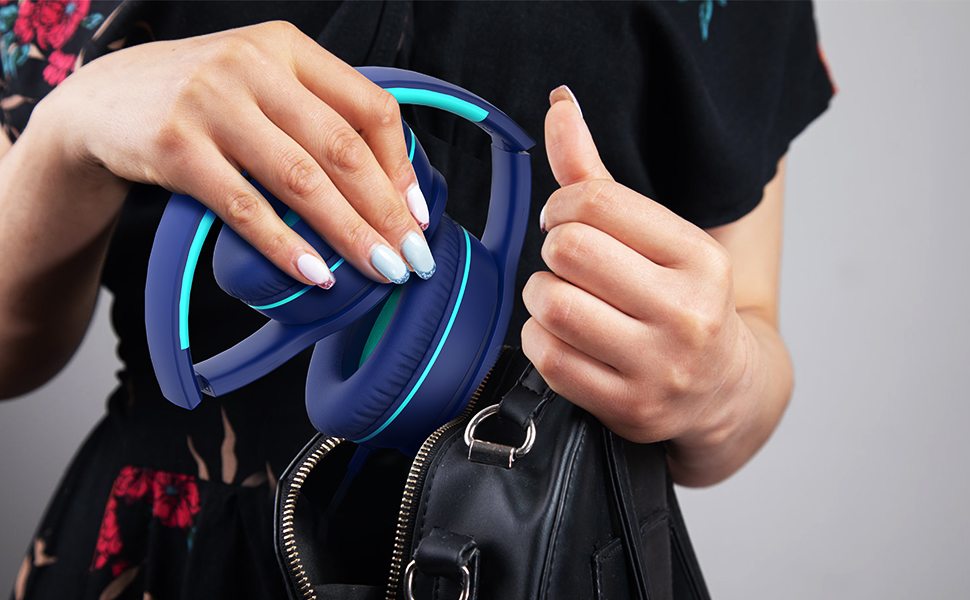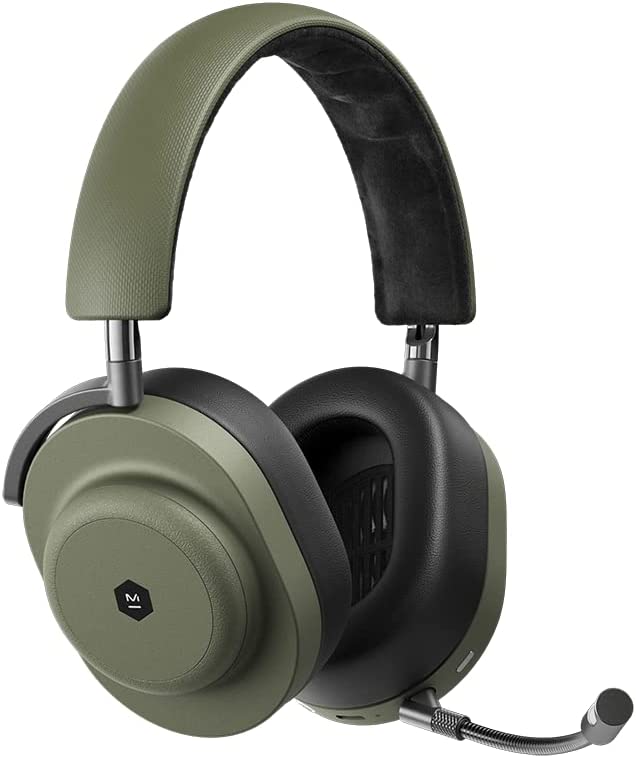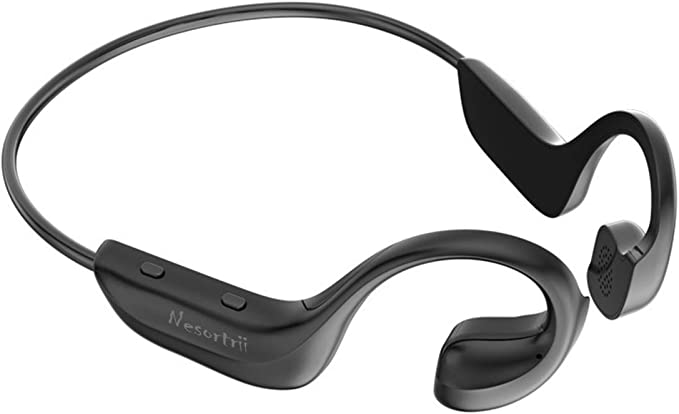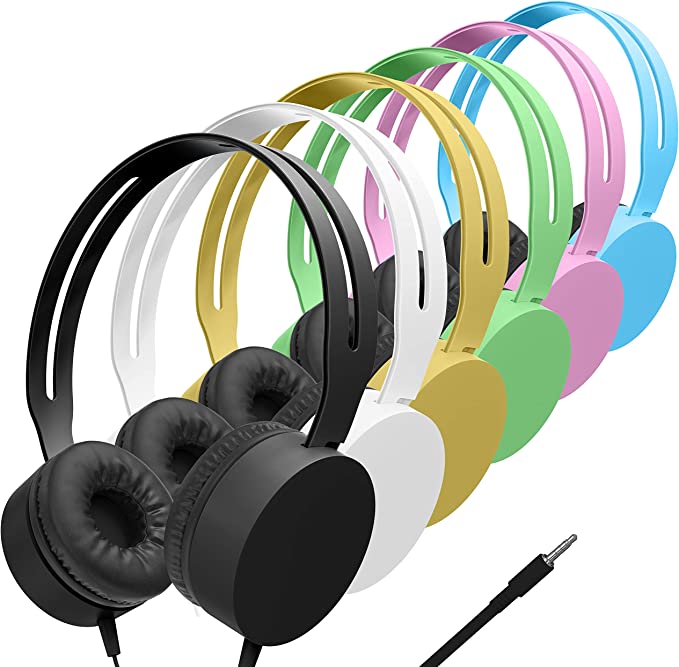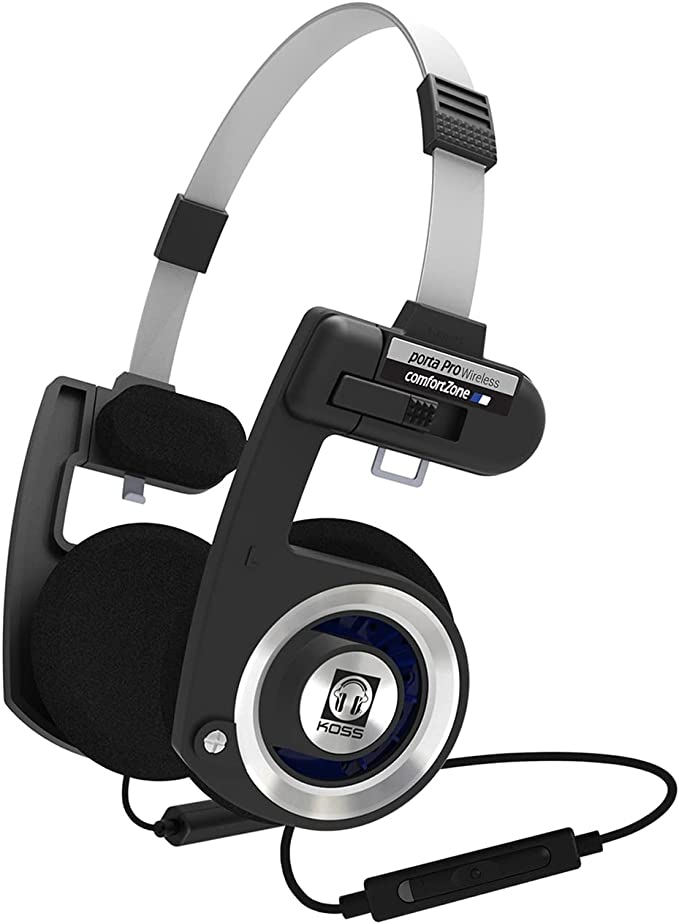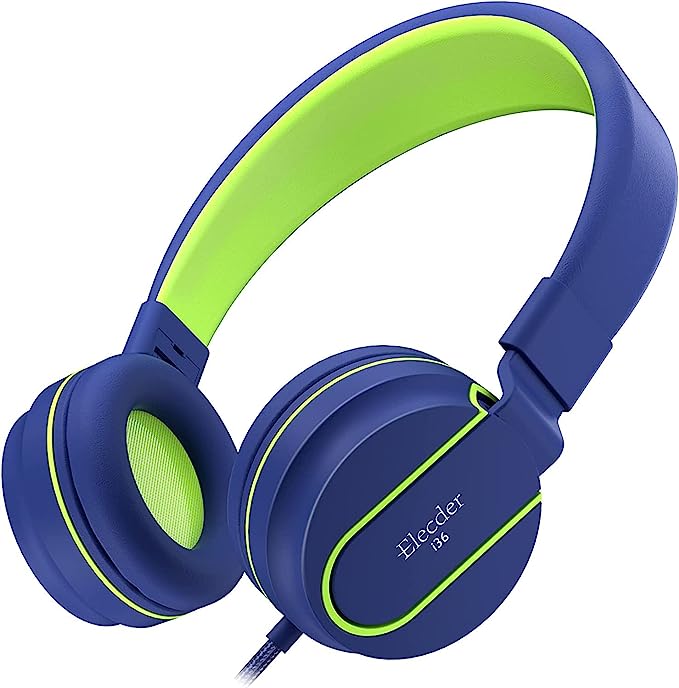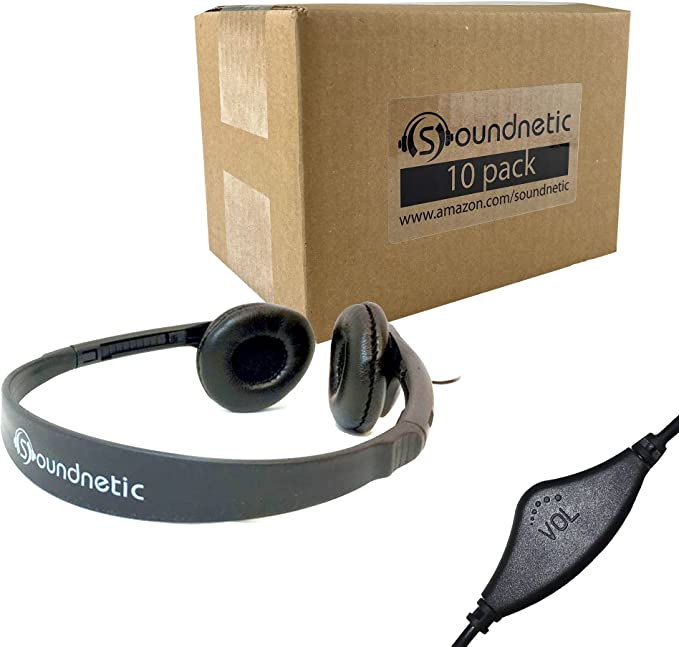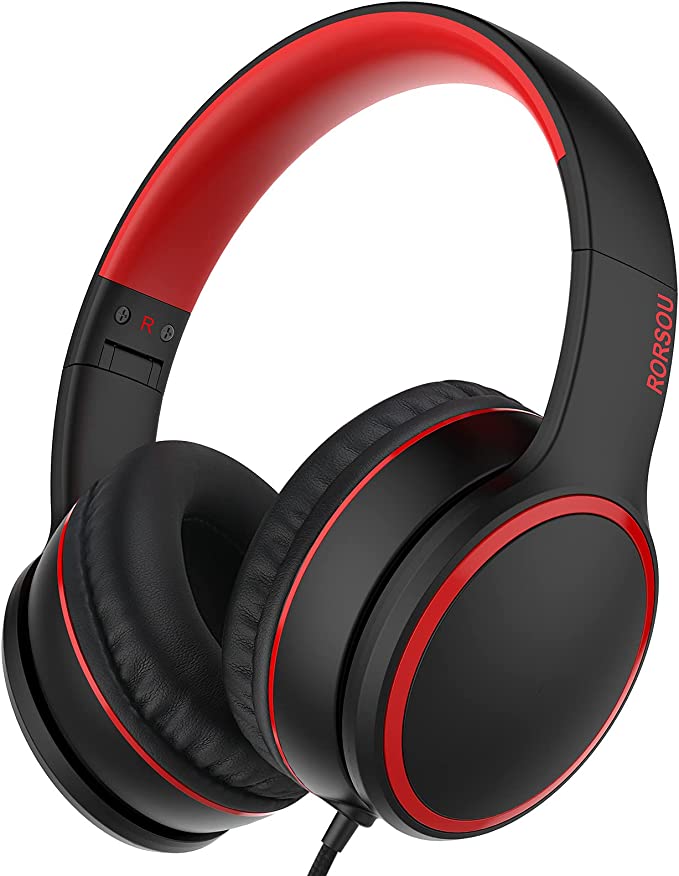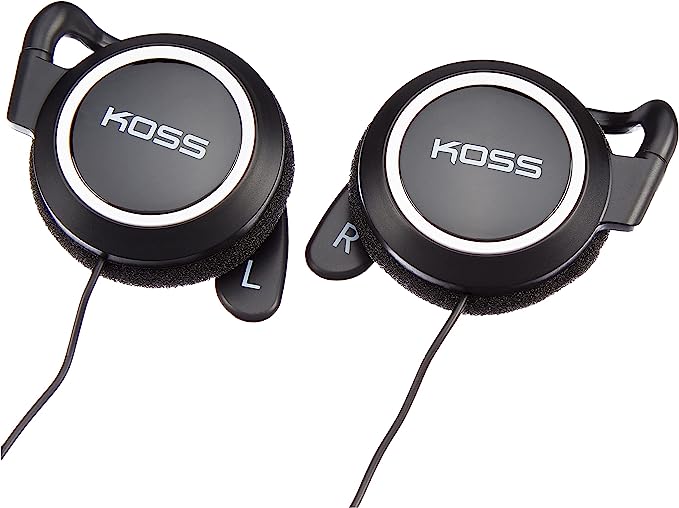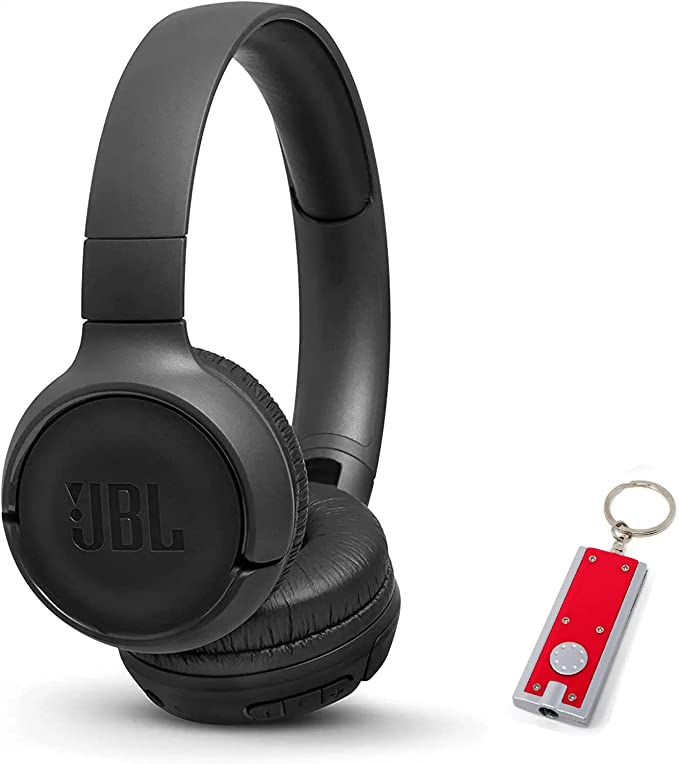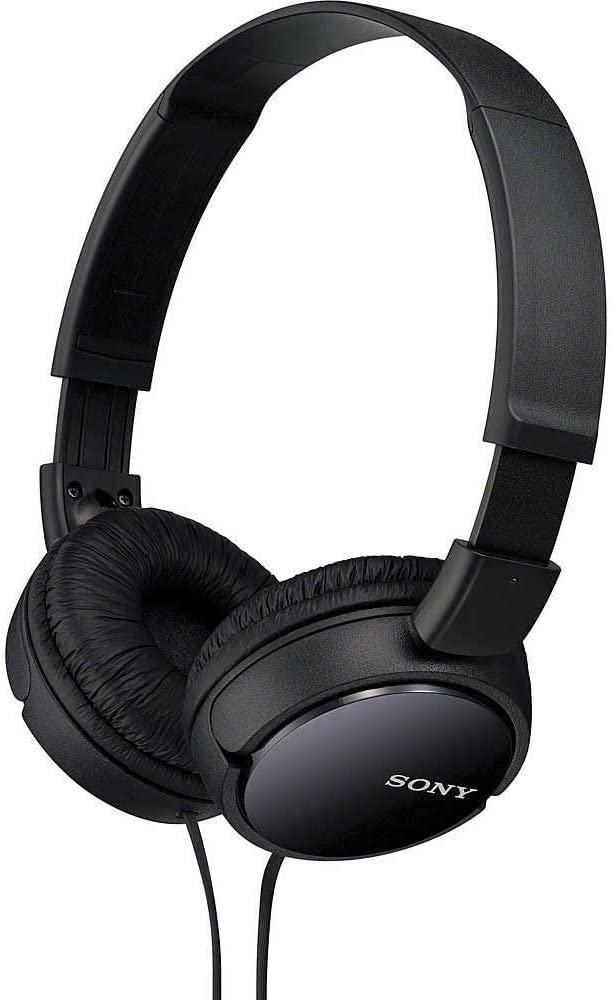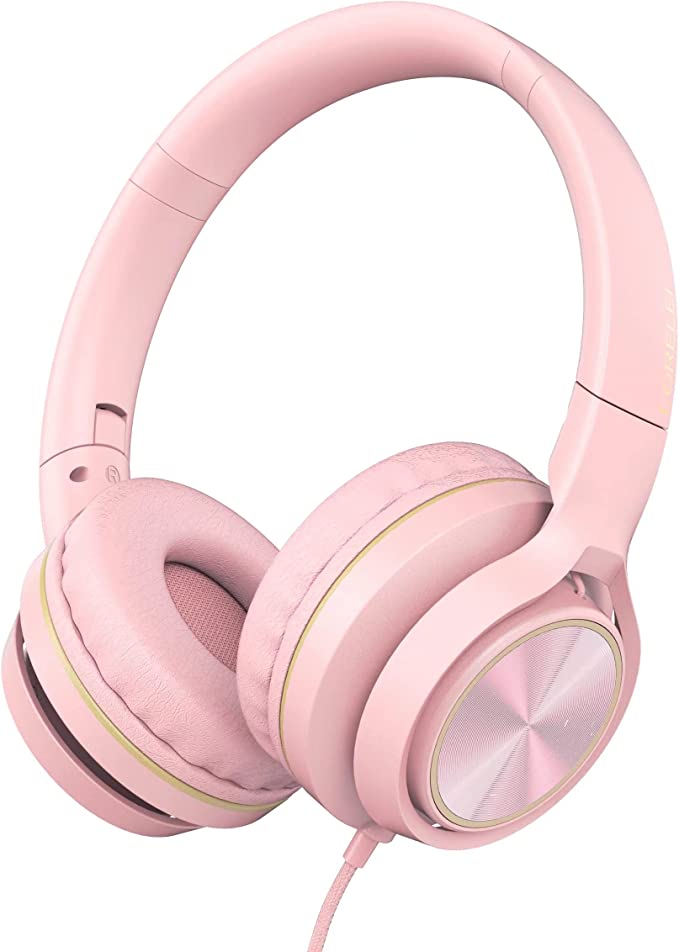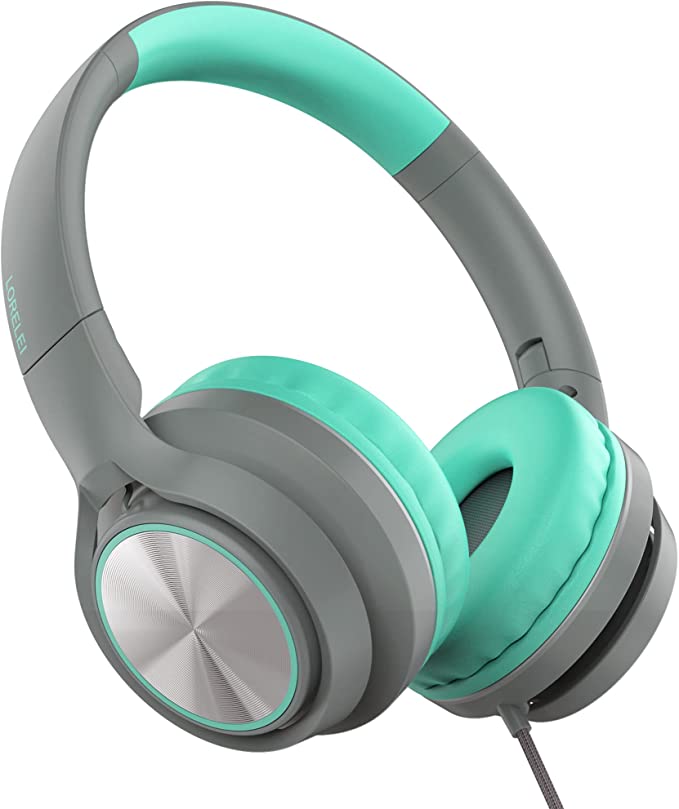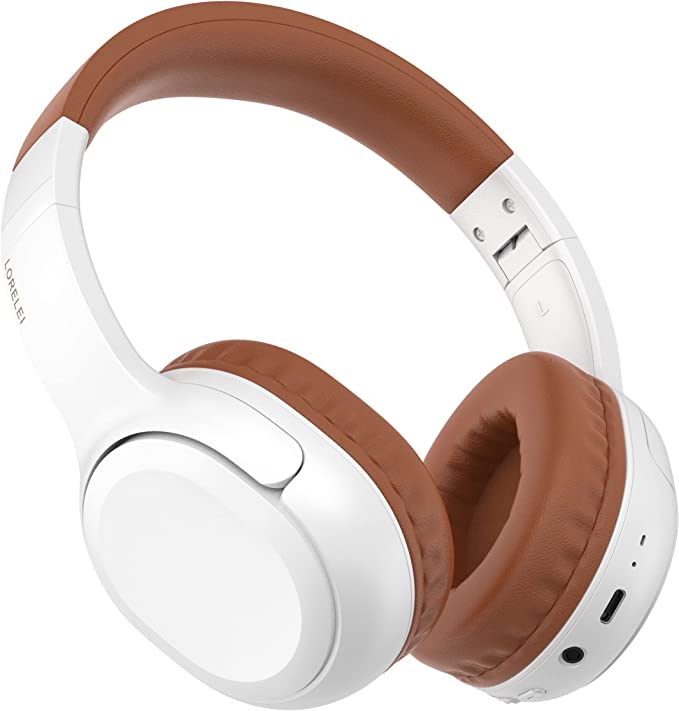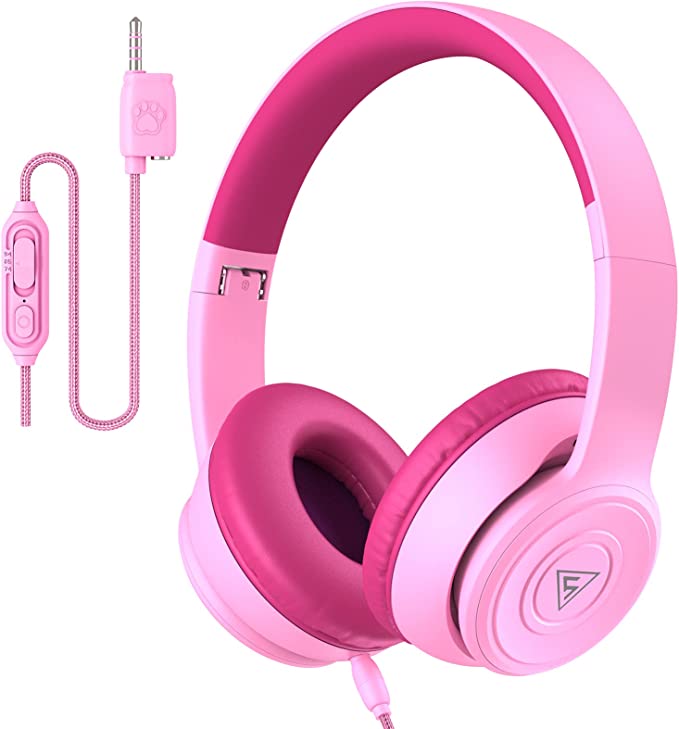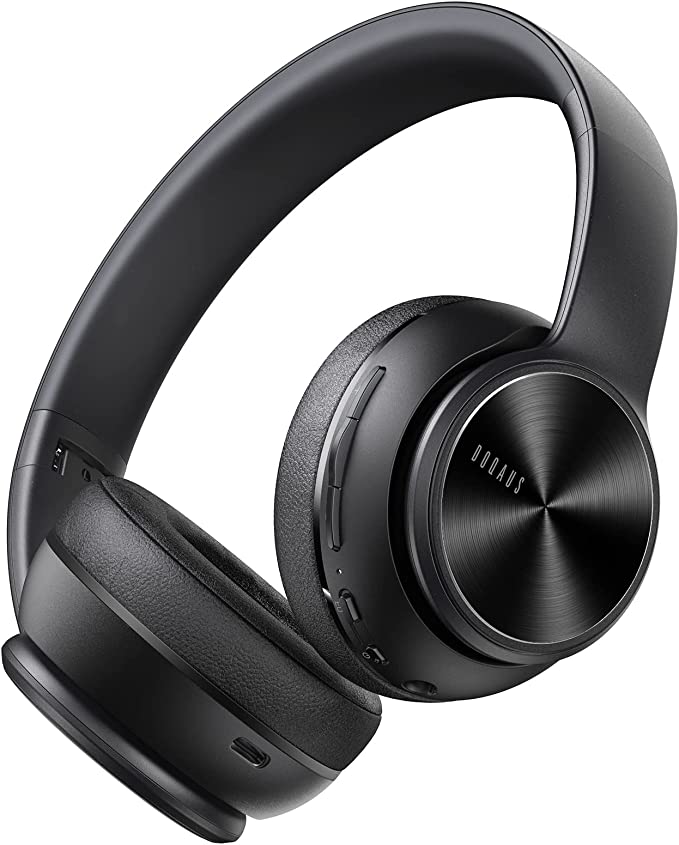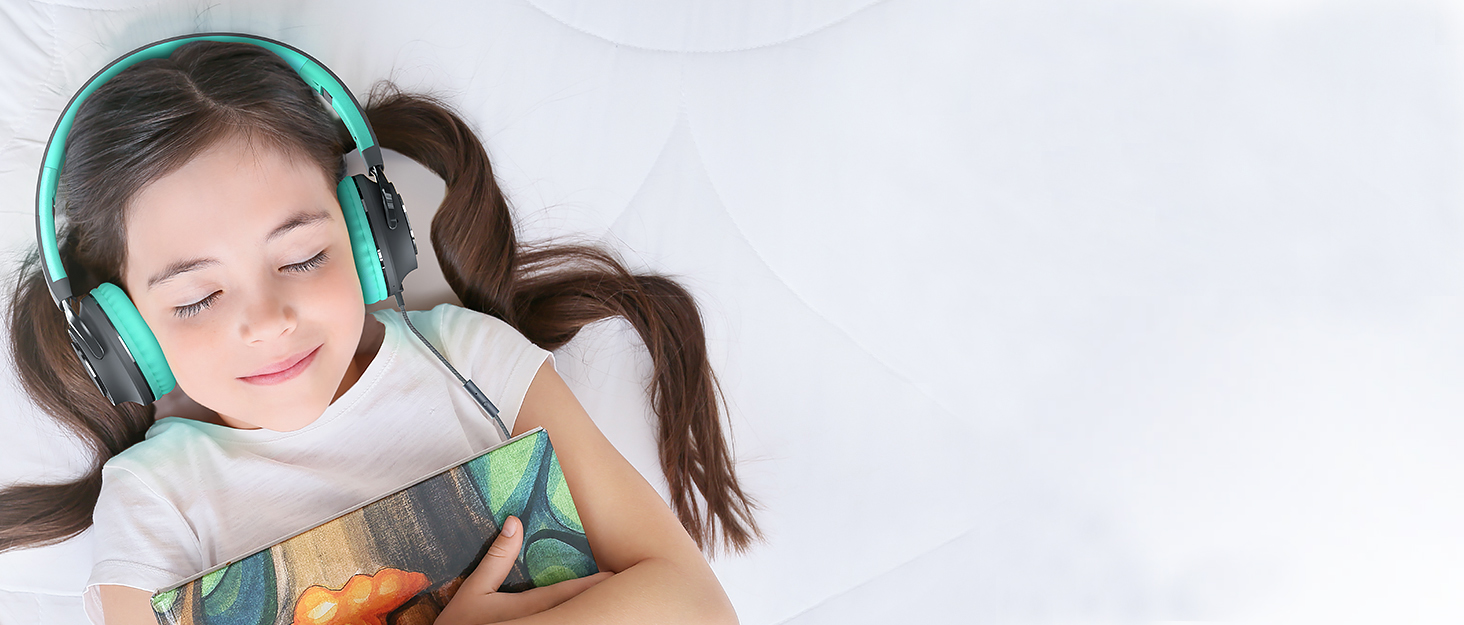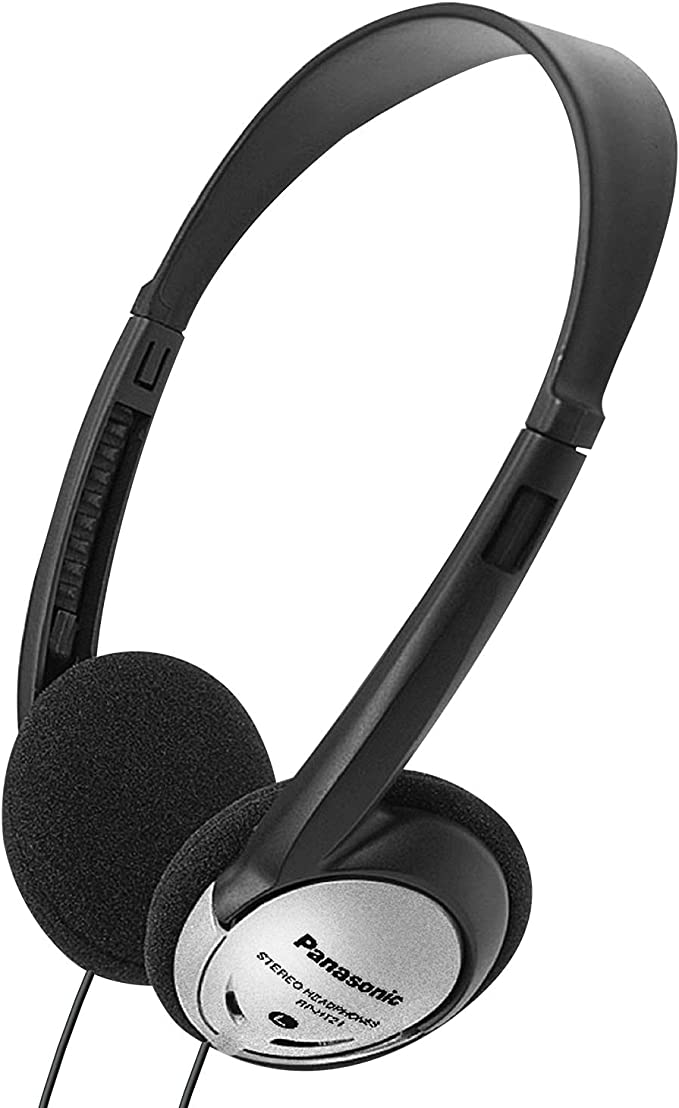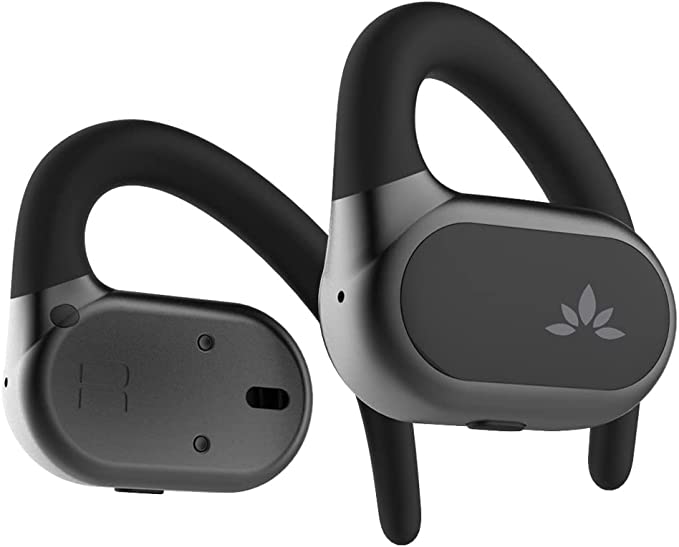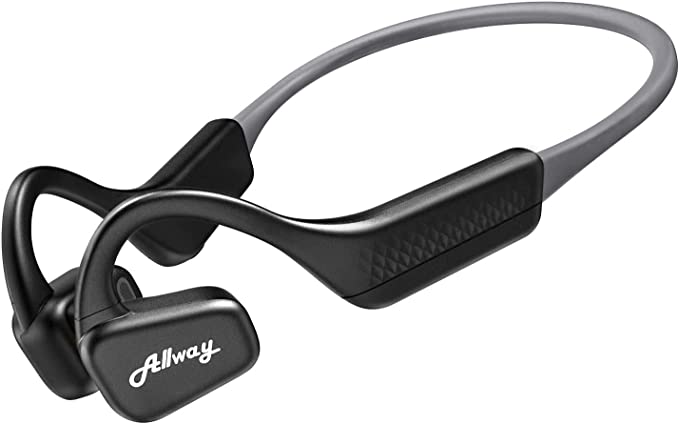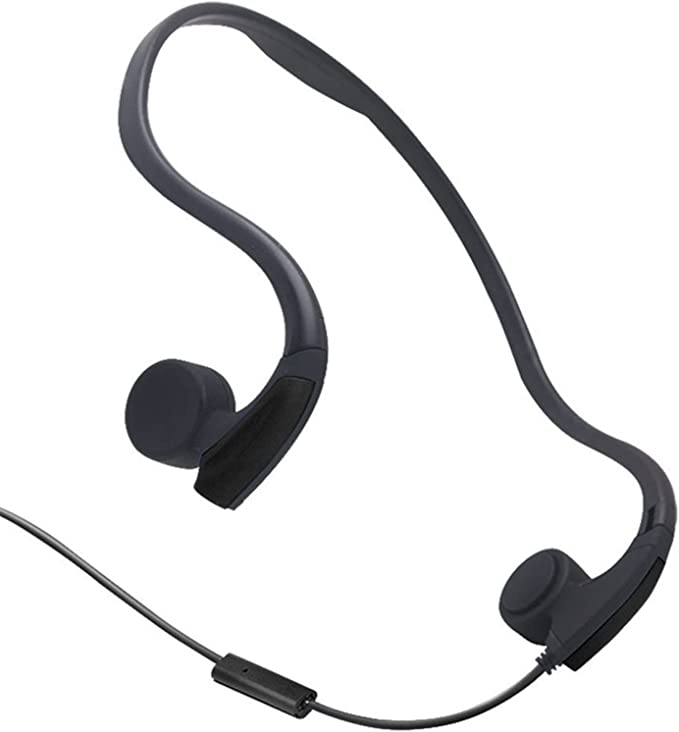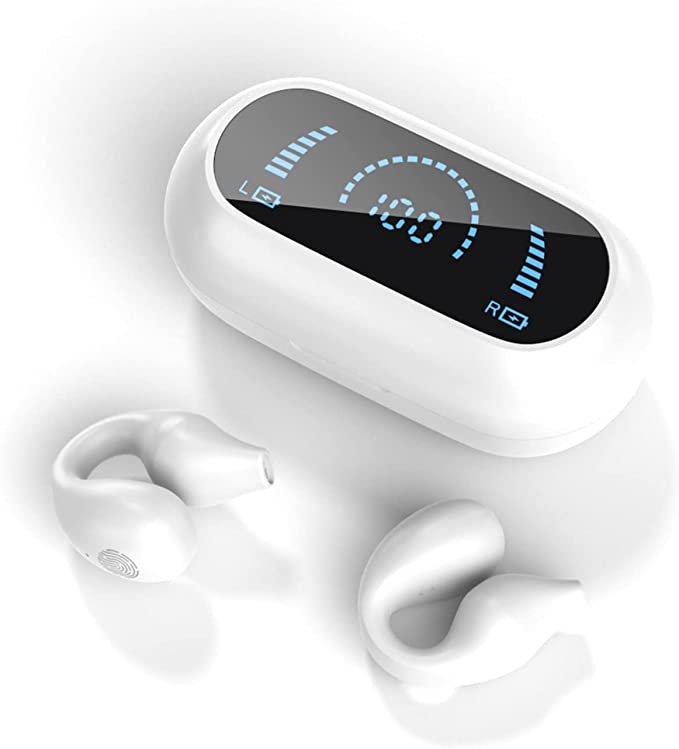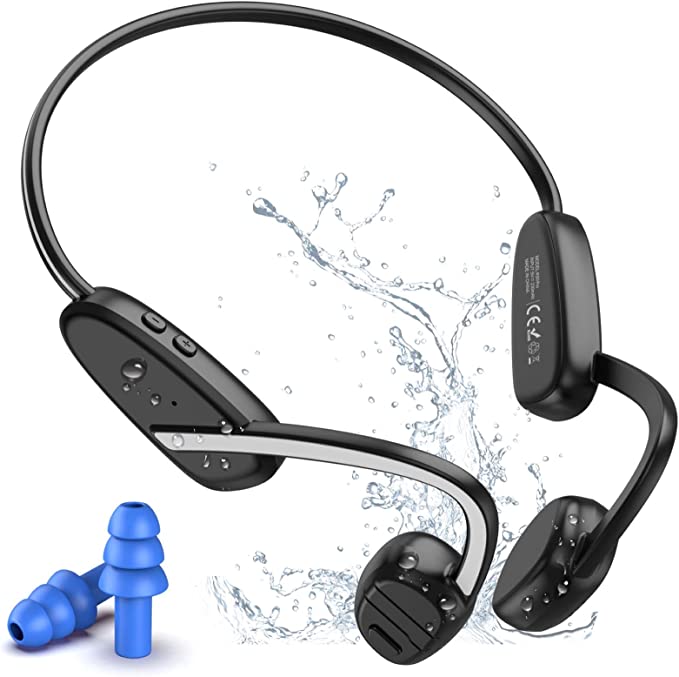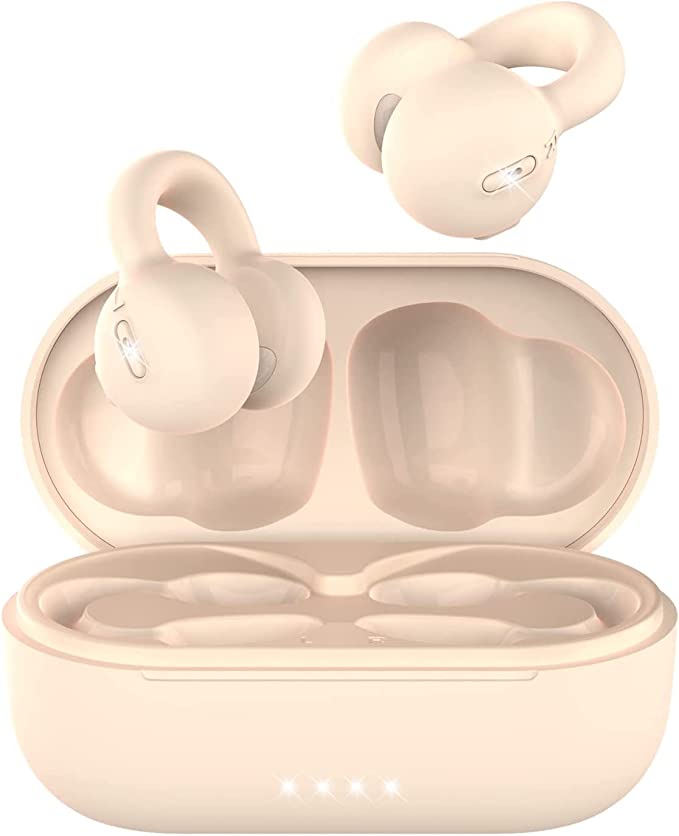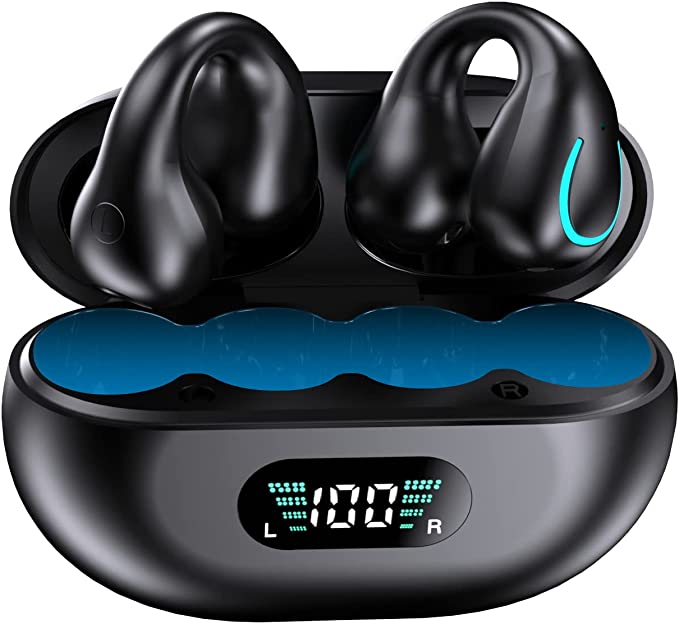Decoding the JLab Rewind: Why This "Retro" Headphone is a Modern Comfort Icon
Update on Nov. 14, 2025, 11:40 a.m.
In a world saturated with high-tech, high-isolation, in-ear audio, a $20 headphone with orange foam earpads and a 1980s “Walkman” aesthetic shouldn’t be a best-seller. Yet, the JLab Rewind Wireless Retro Headphones are, with thousands sold monthly and a 4.2-star rating from over 7,800 users.
It’s easy to dismiss this as pure nostalgia. But the user reviews tell a very different story. This isn’t just a “retro” gimmick; it’s a brilliant engineering solution to the pain and isolation caused by modern headphones.
This isn’t a review, but an analysis of a design philosophy. We’ll decode why this “old-fashioned” design is the “perfect” solution for a massive, overlooked audience.

The “Anti-Earbud” Solution: An Engineering of Comfort
The #1 review for this product (“Lotus54”) is a perfect case study. She writes: “I’ve wasted money on top of money buying in-ear types… I must have defective ear canals because they all cause me pain and don’t fit right.” She then tried large over-ear headphones and found them “Super heavy” and “I don’t like feeling totally isolated.”
This user is not alone. The JLab Rewind wins (with 4.2-star “Comfort” from the AI summary) because its “retro” design is, in fact, a superior ergonomic solution for this audience.
1. The Form Factor: On-Ear vs. In-Ear
Unlike earbuds that create a pressurized seal inside your ear canal, the Rewind is an on-ear headphone. The foam earpads rest gently on the ear’s surface. For users with sensitive ear canals, this eliminates the “pain” and “sore ears” that in-ear buds cause.
2. The Weight: 57 Grams
This is the second critical factor. At only 57 grams (2 ounces), it is featherlight. It’s a “super lightweight” (“Nonnie,” 5-stars) design that doesn’t clamp down. The “thin wire head band” is flexible and provides just enough pressure to stay on, which is why users “can wear it for hours.”
3. The “Open-Air” Design (Passive Isolation)
This headphone does not have Active Noise Cancellation. It has “Sound Isolation,” which in this case, is minimal. The foam pads muffle sound, but they do not block it.
* This is a feature, not a bug.
* As “melanie” (5-stars) states, “they don’t cancel noise. I like to walk around in my town… it is important that I hear my public surroundings… I see this as a safety thing.”
* Another user (“Lotus54”) agrees: “I don’t like feeling totally isolated.”
This “retro” combination—lightweight, on-ear, with foam pads—is the only design that simultaneously solves the “in-ear pain” problem and the “over-ear isolation” problem.

The “Modern” Tech: EQ3 and 12-Hour Battery
This 80s body is powered by 2020s technology.
1. Onboard EQ3 Sound (No App Required)
This is a high-value, low-cost feature. A single button on the earcup cycles the internal DSP (Digital Signal Processor) through three “flavors” of sound:
* JLab Signature: The default, “fun” V-shaped sound.
* Balanced: For podcasts or acoustic music, where “vocal clarity is key.”
* Bass Boost: For electronic music or action movies.
This is a smart engineering choice. It gives the user control without the cost or complexity of developing a smartphone app.
2. 12-Hour Playtime & Wireless Freedom
The 12-hour battery life and Bluetooth 4.2 (a stable, if dated, standard) are what “untether” the retro design. This is what allows user “Lotus54” to “listen to podcasts while cleaning my house.” The wire is gone.

The Honest $20 Trade-Offs (The “Cons”)
To hit a $20 price, compromises must be made. The 7,869 reviews are perfectly clear on what they are.
1. No Volume Control (The Big One)
This is the most common and “huge bummer” complaint. As “Lotus54” notes, “My only complaint is that there’s no volume control… when loud ads come on… I’ll have to rush over to turn it down.” The single button controls only Play/Pause, Track Skip, and Voice Assistant. Volume must be controlled from your phone.
2. The Charging Port (A Design Quirk)
The Micro USB port is “retro” in a bad way (not USB-C). But its placement is the real quirk. As “Nonnie” (5-stars) explains, “The charging port is not easily accessible. You have to use your thumb to ‘tip’ the right ear cup… to expose the charging port.” A French reviewer (“Stéphane MARTEAU”) confirms: “La prise de rechargement micro USB se situe sous le coussinet” (The micro USB port is under the earpad).
3. The Durability (It’s $20)
A French reviewer noted the “ensemble semble assez fragile” (the whole thing seems rather fragile). And user “J.C.” (4-stars) noted, “the light for the charging is not coming on” after 1.5 years. This is the $20 trade-off: it’s not a “buy it for life” product.

Coda: A Tool for a Specific, and Grateful, Niche
The JLab Rewind is a 4.2-star product because it is a 5-star solution for a 5-star problem. It is for the massive, overlooked audience that finds modern headphones physically painful or psychologically isolating.
It is not an “audiophile” headphone. It is a “comfort and safety” headphone. It is for “listening to while you work” (“J.C.”), “walking the dog” (“Jumbo”), or for users with “defective ear canals” (“Lotus54”).
It is a $20, 57-gram engineering solution that proves that sometimes, the most “advanced” design is the one we left behind 30 years ago.

